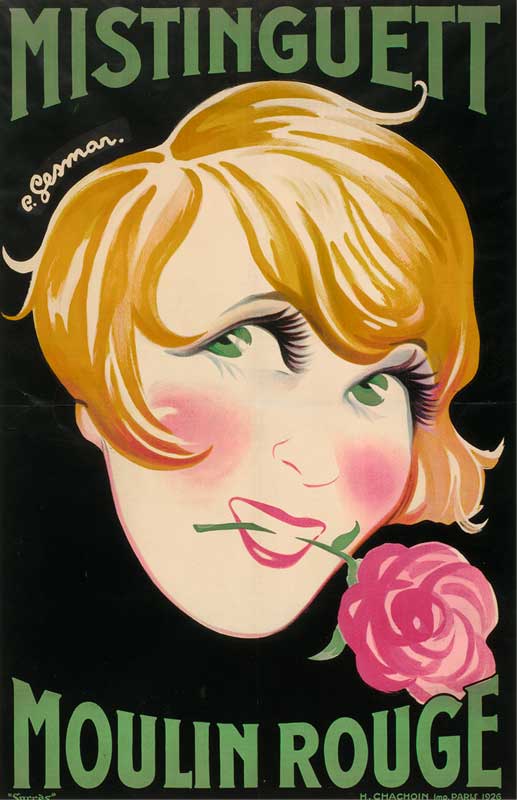STARTS
2011-01-26 00:00:00
Ends
2011-07-17 23:59:59
Location
The Art of Advertising
The Art of Advertising
Advertising is essential in the world of business, politics and many other aspects of daily life.
Its purpose is simple: attract attention, convey information, create desire and sell a product, service, image or idea. Advertisements line streets and highways, leap off newspaper and magazine pages, call to us from radios, interrupt TV viewing, pop up on Internet sites and startle us from sensor-activated video screens in grocery stores. Advertisers have only a brief window of time to accomplish their goal. The medium and the message must speak in unison—quickly and powerfully.
The posters in this exhibition accomplish the goals of advertising while employing the dynamic visual language of late 19th- and early 20th-century European art. All are lithographs. Lithography offers three chief advantages over intaglio print processes (engravings, drypoints, etchings). Great numbers of prints can be made from the same stone with little or no diminishment of quality, image size can be very large and readability can be enhanced through the use of bold planes of flat color.
Artists Alphonse Mucha, Pierre Bonnard and Jules Chéret in France, and Johan Thorn Prikker and Henry van de Velde in Germany, designed beautiful, effective posters for a wide range of products and events. Their work speaks the visual language of Art Nouveau or Jugendstil, the turn-of-the-century style characterized by asymmetrical compositions, elongated forms, planar color and organic line. The posters of 20th-century French artists Henri Matisse, Charles Kiffer and Charles Gesmar embrace the striking language of modernity: radically simplified compositions, streamlined forms and vivid color.
